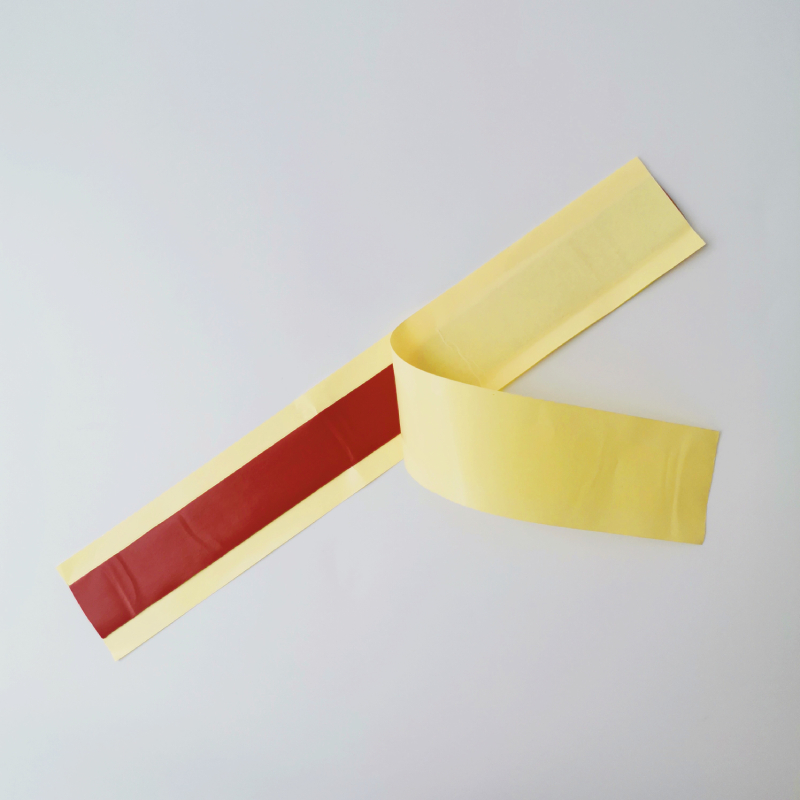Understanding Butyl Rubber Rope Versatile and Durable Solutions
Butyl rubber, a synthetic rubber known for its excellent gas impermeability and weather resistance, has become increasingly popular in a variety of applications. One innovative product made from butyl rubber is butyl rubber rope, which offers numerous advantages across different industries. This article explores the characteristics, applications, and benefits of butyl rubber rope, highlighting why it is a preferred choice for many.
What is Butyl Rubber?
Butyl rubber, or isobutylene-isoprene rubber (IIR), is a copolymer created by the polymerization of isobutylene with a small percentage of isoprene. This unique structure gives butyl rubber outstanding properties, including flexibility, resilience, and resistance to aging, UV light, and chemicals. Its remarkable impermeability to gases makes it a sought-after material for products needing to maintain airtight seals and barriers.
Characteristics of Butyl Rubber Rope
Butyl rubber rope is a specialized form of cord made from butyl rubber, engineered to exhibit superior elasticity, durability, and resistance to environmental stressors. Its flexibility allows it to adapt to various shapes and applications easily. Additionally, butyl rubber rope remains stable across a wide temperature range, ensuring performance in both extreme heat and cold.
One of the most noteworthy characteristics of butyl rubber rope is its resistance to various chemicals and ultraviolet (UV) radiation. This quality makes it particularly suitable for outdoor applications where it may be exposed to harsh weather conditions. Moreover, it has a low water absorption rate, which helps it maintain its integrity and lifespan even in humid environments.
Applications of Butyl Rubber Rope
butyl rubber rope

The versatility of butyl rubber rope lends itself to a wide array of applications. In the construction industry, it is often used as sealing or weatherproofing materials in roofs, windows, and doors. Its excellent adhesion properties allow it to bond effectively with various substrates, providing long-lasting seals that can withstand heavy winds and rain.
In automotive applications, butyl rubber rope is frequently utilized as a sealing material in windows and doors, preventing water ingress and enhancing insulation. Its gas-impermeable nature is crucial in preventing air and moisture leaks in tires, thereby improving their longevity and performance.
Moreover, in the marine industry, butyl rubber rope can be found in various applications, including securing vessels, serving as bumpers, and providing insulation. Its resistance to saltwater and UV rays ensures reliability, making it an ideal choice for marine environments.
Benefits of Using Butyl Rubber Rope
The use of butyl rubber rope offers numerous benefits. Its superior weather resistance and durability mean less frequent replacements, saving both time and money. Additionally, the excellent flexibility and elasticity of butyl rubber allow it to cater to specific applications effectively.
Furthermore, its resistance to chemicals and UV light ensures that it maintains mechanical properties even after prolonged exposure. This reliability translates into a lowered risk of failure in high-stakes environments. For businesses and consumers alike, choosing butyl rubber rope means investing in a product that promises long-term performance and efficiency.
Conclusion
In conclusion, butyl rubber rope is a multifaceted product that combines durability, flexibility, and resistance to environmental challenges. With applications spanning construction, automotive, and marine industries, its versatility makes it an essential material in modern manufacturing and construction. As industries continue to innovate and seek more efficient materials, butyl rubber rope stands out as a technology that meets a multitude of needs, ensuring reliability and performance in various settings. Whether you’re a professional in a specific industry or a DIY enthusiast, considering butyl rubber rope is a wise choice for achieving optimal results in your projects.
-
XIANGFAN Rubber Tape-Ultimate Solutions for All Your Insulation NeedsNewsJun.24,2025
-
XIANGFAN Rubber Tape-Protection for Industrial and Residential ApplicationsNewsJun.24,2025
-
XIANGFAN Rubber Tape: Superior Safety and Sealing for Demanding EnvironmentsNewsJun.24,2025
-
XIANGFAN Rubber Tape: Reliable Solutions for Every Electrical ChallengeNewsJun.24,2025
-
XIANGFAN Electrical & Industrial Tape: Powering Reliability Across IndustriesNewsJun.24,2025
-
XIANGFAN Electrical & Industrial Tape: Excellence in Every ApplicationNewsJun.24,2025
